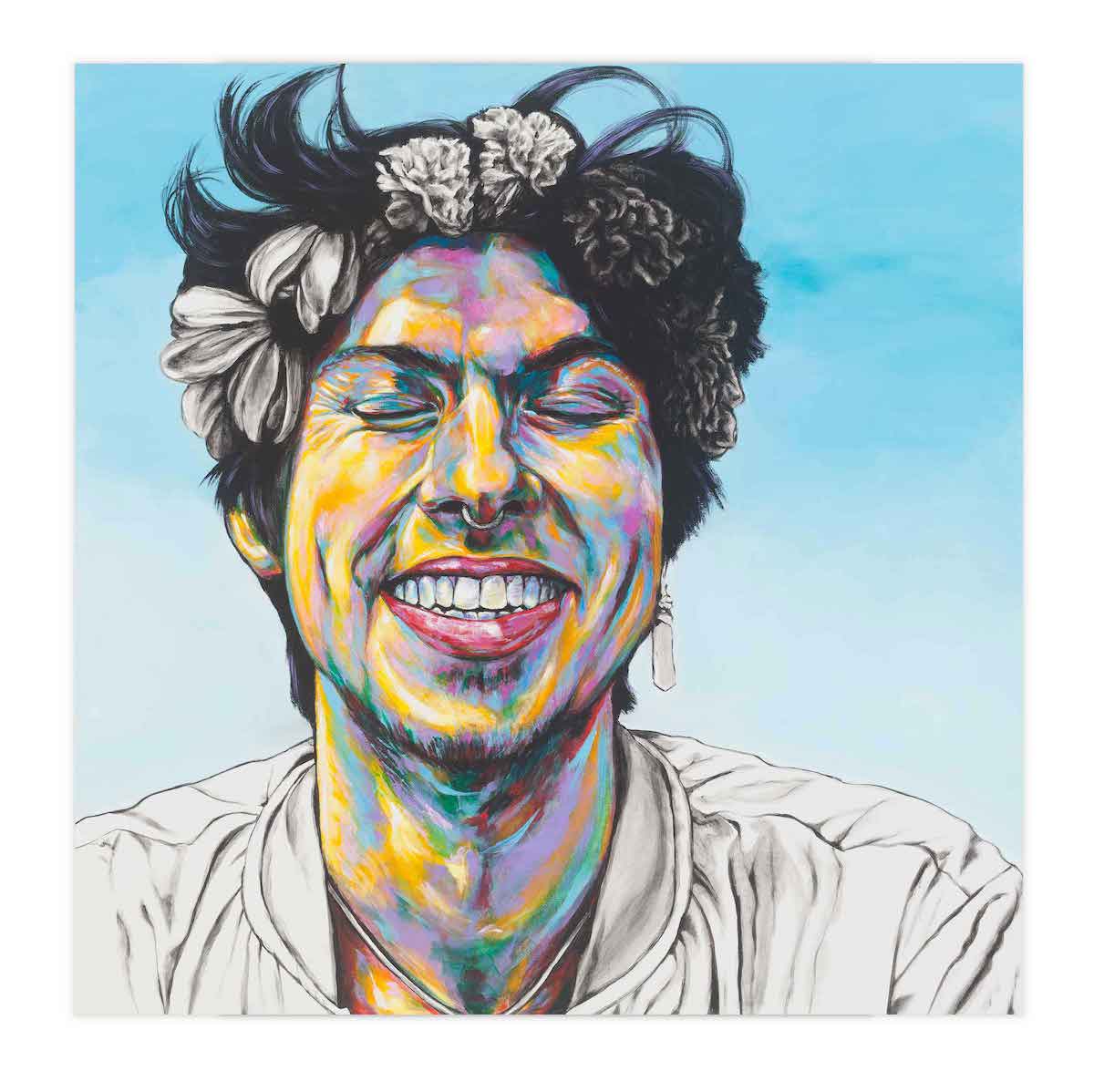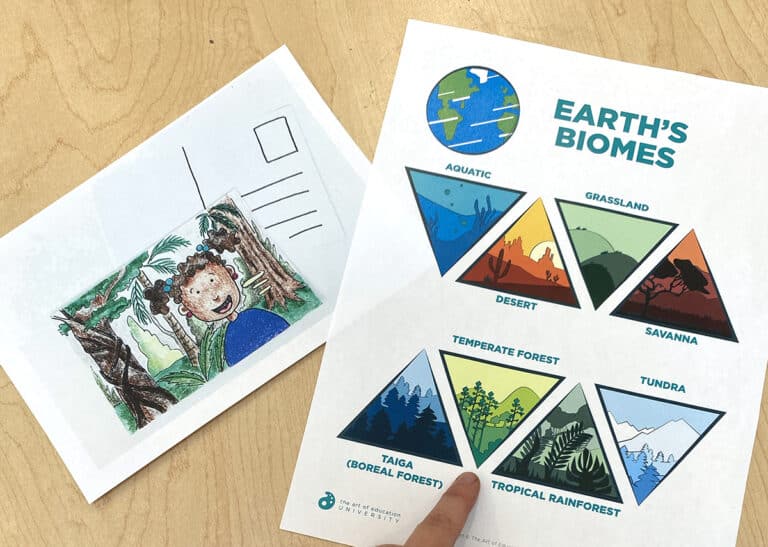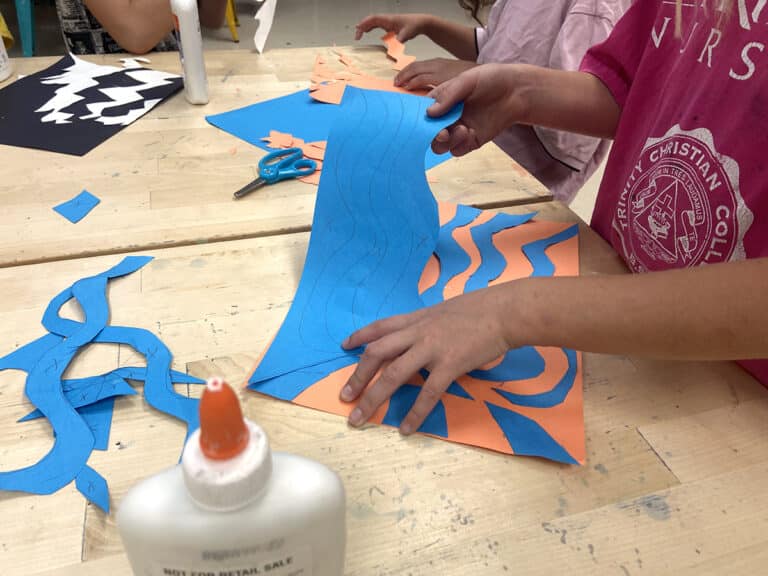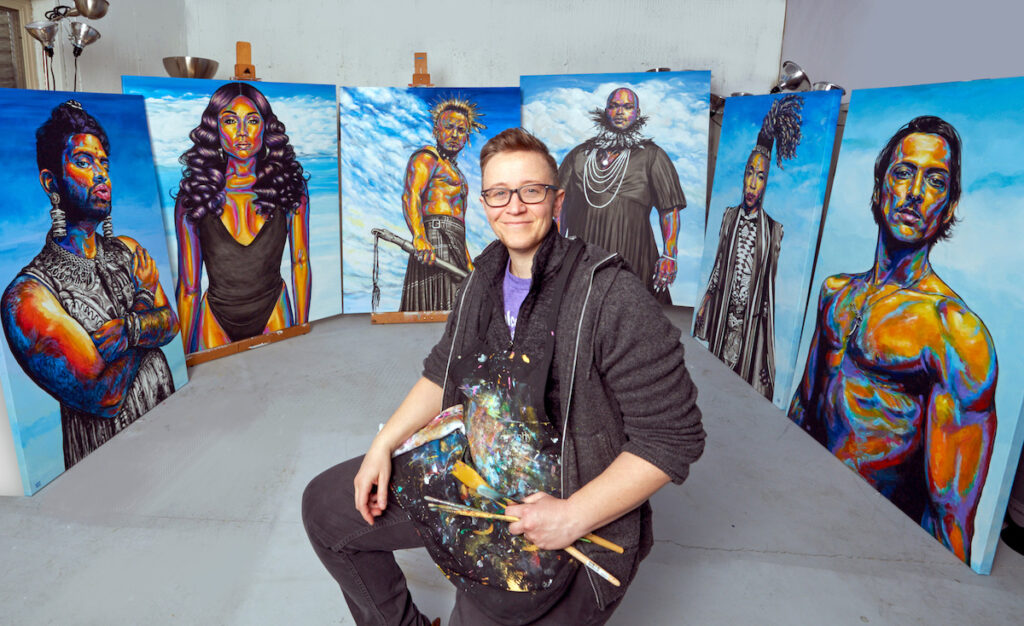
Art has the power to change how a person understands themselves and the world around them, but how can you help that to happen in your classroom? For some students, it’s about representation and seeing themselves in the curriculum. For students within the LGBTQ+ community, transgender students, in particular, learning about artists and artwork from artists who share their identity can even be lifesaving.
Having a diverse curriculum can have a profound impact on all students’ growth and development as humans and artists.
Learning about various identities through art can be a powerful tool to help increase awareness, develop empathy, and make better sense of the world.
A diverse curriculum can also provide an opportunity for students to analyze how various identities are represented and how that can influence their views of the world (Anchor Standard 7, National Core Arts Standards). Using artists from every background is a powerful approach to show how art can reflect views in society and the lives of different people and cultures (Anchor Standard 11, National Core Arts Standards).
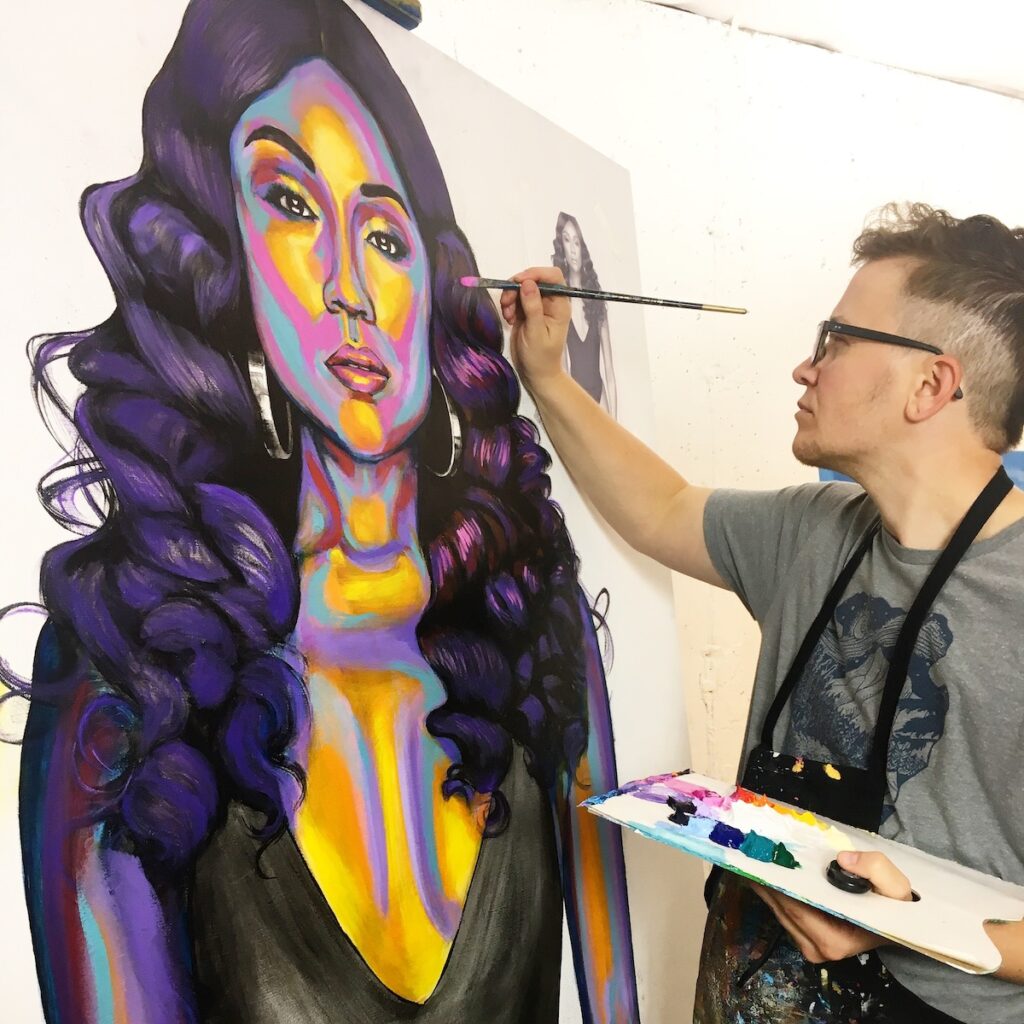
For example, Rae Senarighi is a transgender, non-binary artist whose current series, Transcend, features portraits of trans/nonbinary individuals. He describes his work as people “living their lives out in the open with courage, authenticity, and commitment to integrity over safety.”
These colorful and vivid images are meant “to help unravel oppression and generate respect for the transgender community through a belief that respect comes from understanding. Sharing trans stories is our path to understanding ourselves and each other. Many trans people face dehumanizing and oppressive messages daily.”
In this interview with Rae, he shares his perspective and opinions on transgender representation in the art room.
Why do you think representation in the art curriculum is so important for students of marginalized identities?
“Two key reasons stand out. First, the art room is important. It is often one of the only places where people on the margins see reflections of who they can be. As Marian Wright Edelman pointed out, ‘You can’t be what you can’t see.’ Having even just one representation can give a child who is struggling some hope. Offering ways for students to explore and discover artists who are not in their history books, i.e., artists who are Black, Indigenous, immigrants, women, nonbinary and trans artists, can be beneficial for ALL students to see. There is a host of artistic expression, not just that of rich cisgender white men.”
More specifically, how do you think transgender students can benefit when they learn about transgender artists and artwork in their art class at school?
“For trans kids especially, they are at such a high risk of suicide (nearly 50% of trans teens struggle with suicidal thoughts at some point), that having even ONE supportive adult in their life can quite literally be the thing that keeps them alive, that gets them through to adulthood. By providing examples of trans artists in the classroom, you are not only letting those kids know that YOU are someone who believes they can exist, but you are also opening the door to other examples of people who are thriving as trans people.”
In your opinion, why is it also important for cisgender students to learn about transgender artists and artwork with transgender subject matter?
“First, let’s just recognize the fact that you will never know who, in your classes, identifies as trans or nonbinary or cisgender. Many students will not come out until later, when either they finally figure it out or when they feel it is safe to do so. Many transgender and non-binary folks ‘pass’ as cisgender (whether they intend to or not), meaning cisgender people assume they’re cisgender. So, let’s set the assumption aside that all of your students—or even most of them—are cisgender because the fact is you just don’t know.”
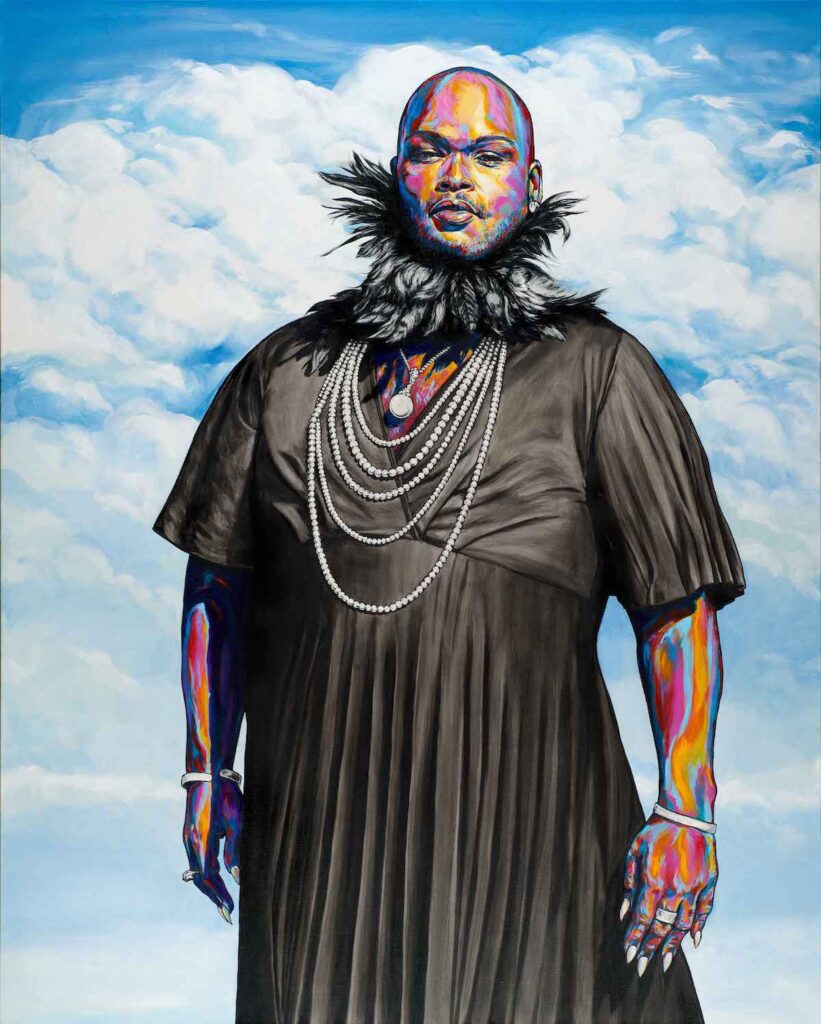
“That said, representations of trans and nonbinary artists help cisgender students better understand and empathize with trans people. We tend to be afraid of what we don’t know. So, you are helping to remove some of that fear for those cisgender students, so their initial reaction of fear doesn’t necessarily get taken out on the one gender non-conforming kid in the class. You are quite literally helping ease the violence and bullying trans and nonbinary students face by bridging this gap.”
Do you have anything to offer teachers, especially at the elementary level, who aren’t sure if they should share the transgender identities of artists or subject matter in their classroom?
“Here’s the thing. Kids are often aware of gender and gender expression and their own playful openness at the very early ages of three and four. Much like the topic of racism, in my opinion, we NEED to be discussing these topics with small children because they are picking up on it. And if you’re not addressing it, then you are leaving it to society at large and the media to inform them, which often is not good enough and can even be harmful. Give them the benefit of the doubt and let them ask questions. Help normalize the fact that gender and gender expression is a wide variance, not a preset binary confine. Kids actually know and understand this. They just often get shamed into rigid gender constructs as they grow, imposed on them by US, their teachers, their parents, the media they consume, etc…”
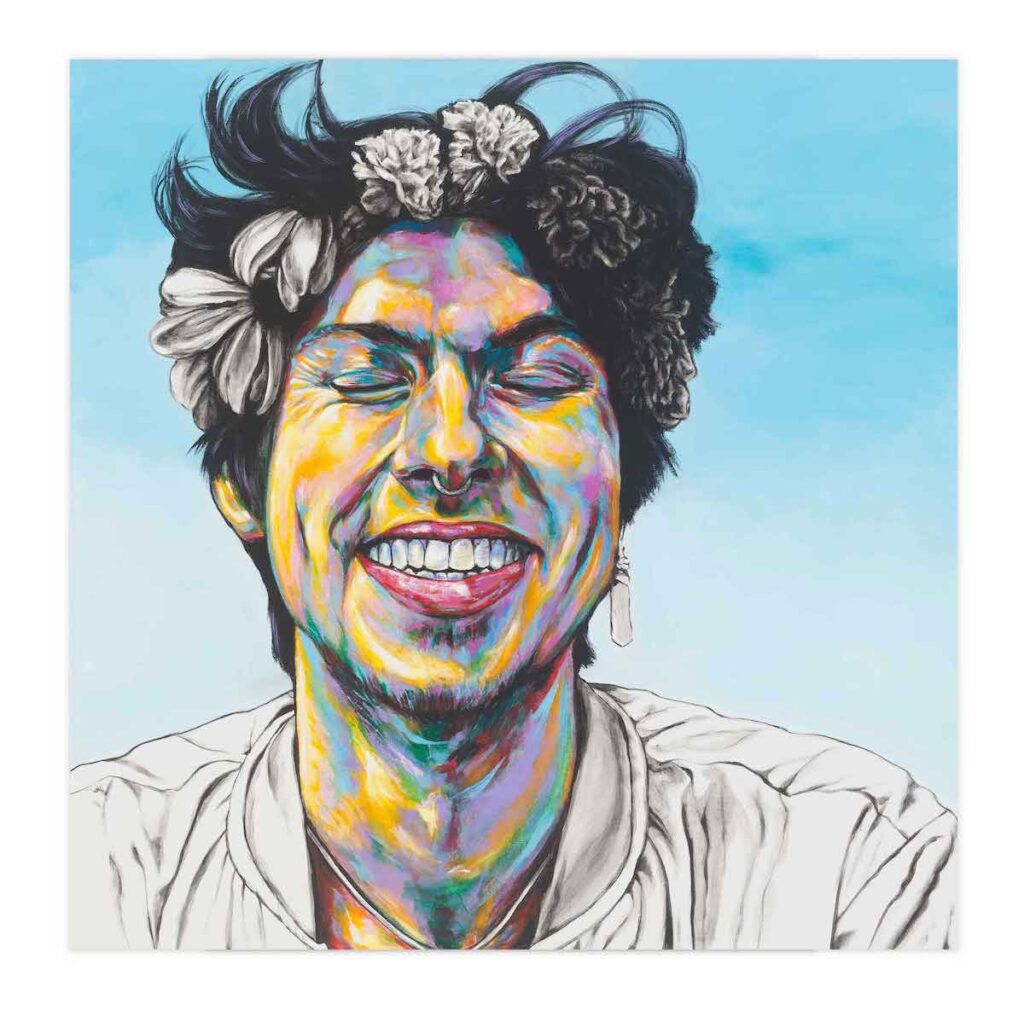
“Some teachers and school staff tell me they feel overwhelmed having to learn something new, or that they might ‘get it wrong’ as allies to transgender communities and students. The truth is, including diverse representation and supporting diverse expression in the classroom is actually much simpler than you think. Allowing young people validation to ask questions, make mistakes, change, and grow, in learning environments that don’t tolerate judgment, cruelty, or exclusion, is really all we’re looking for, and most classrooms are aiming that direction already. They just need to think about applying those values to the transgender community, too.”
In addition to yourself, are there any transgender artists you would recommend art teachers follow or learn more about?
“Yes, definitely. Here is a short list of a few trans and non-binary artists who are inspiring me every day:”
Giving students the opportunity to analyze and learn from a diverse group of artists and subject matter is good teaching. You can help your students grow by sharing multiple ideas and perspectives and help them synthesize the information to form their own beliefs and understandings. Representing identities in the classroom, particularly those typically unseen, can help students better make sense of the world around them. And for some students, seeing an artist who matches their identity can make all of the difference in the world.
What concepts are in Rae’s work that you could use in your classroom?
How can teachers use the National Core Arts Standards to support using diverse artists in their curriculum?
Magazine articles and podcasts are opinions of professional education contributors and do not necessarily represent the position of the Art of Education University (AOEU) or its academic offerings. Contributors use terms in the way they are most often talked about in the scope of their educational experiences.
